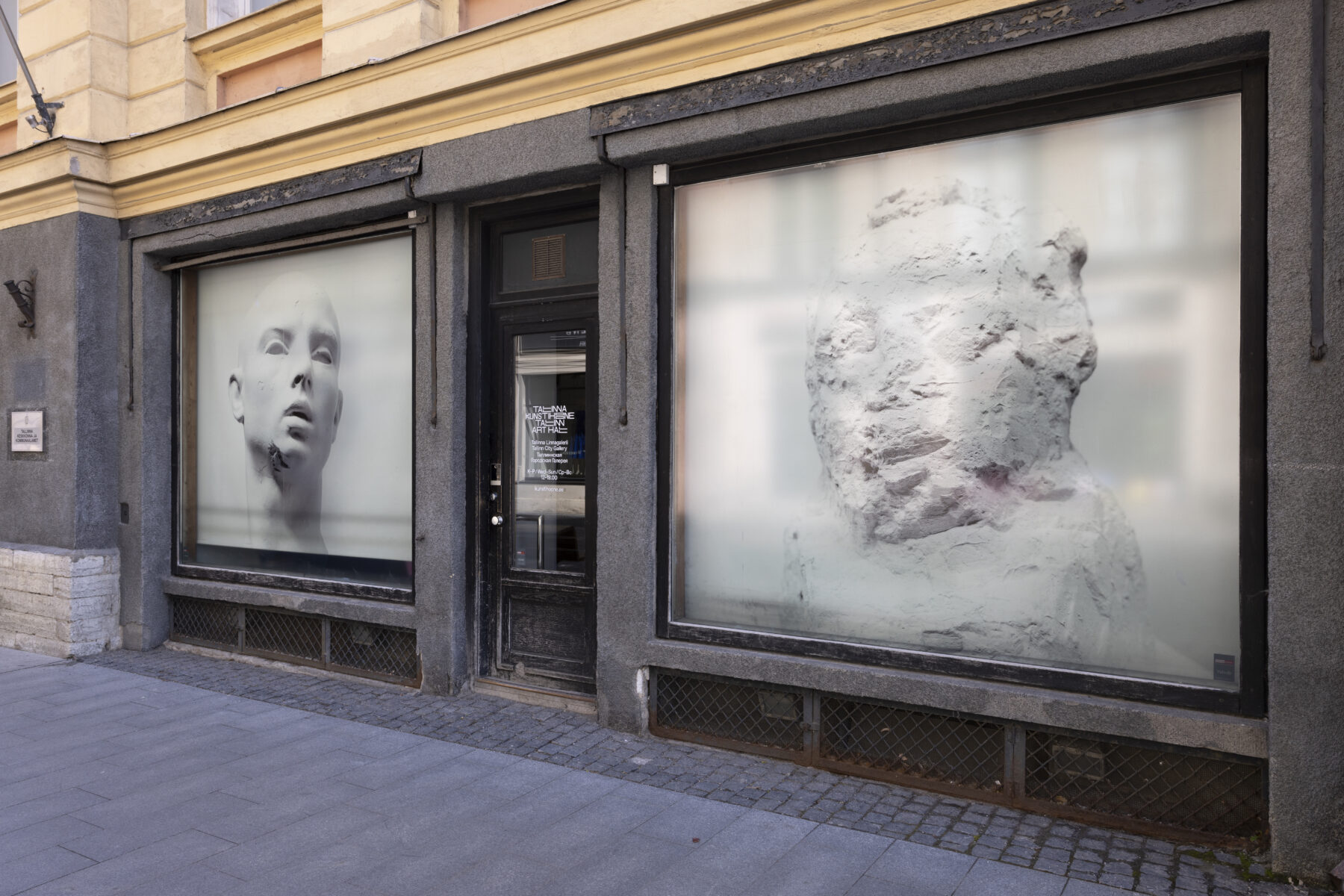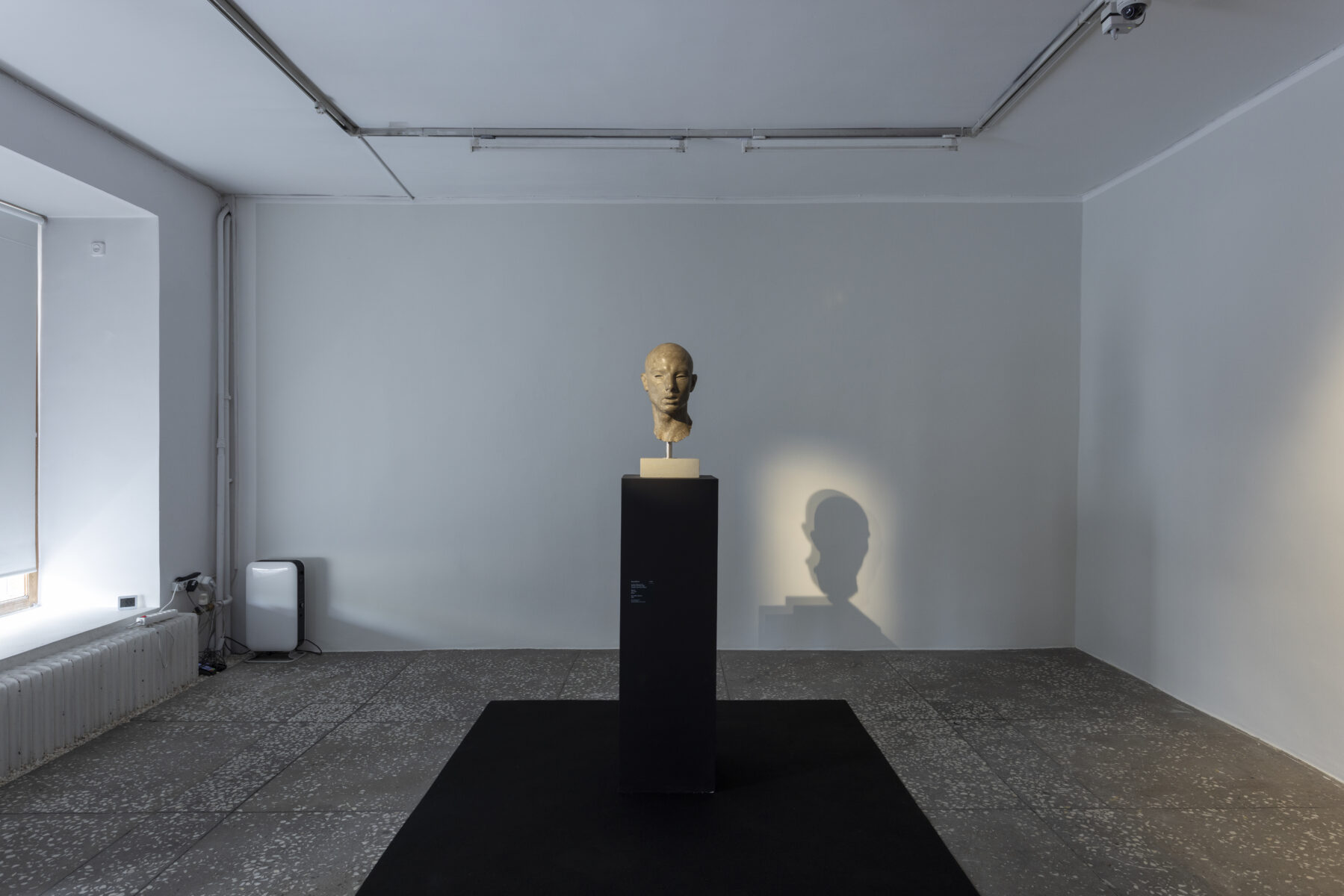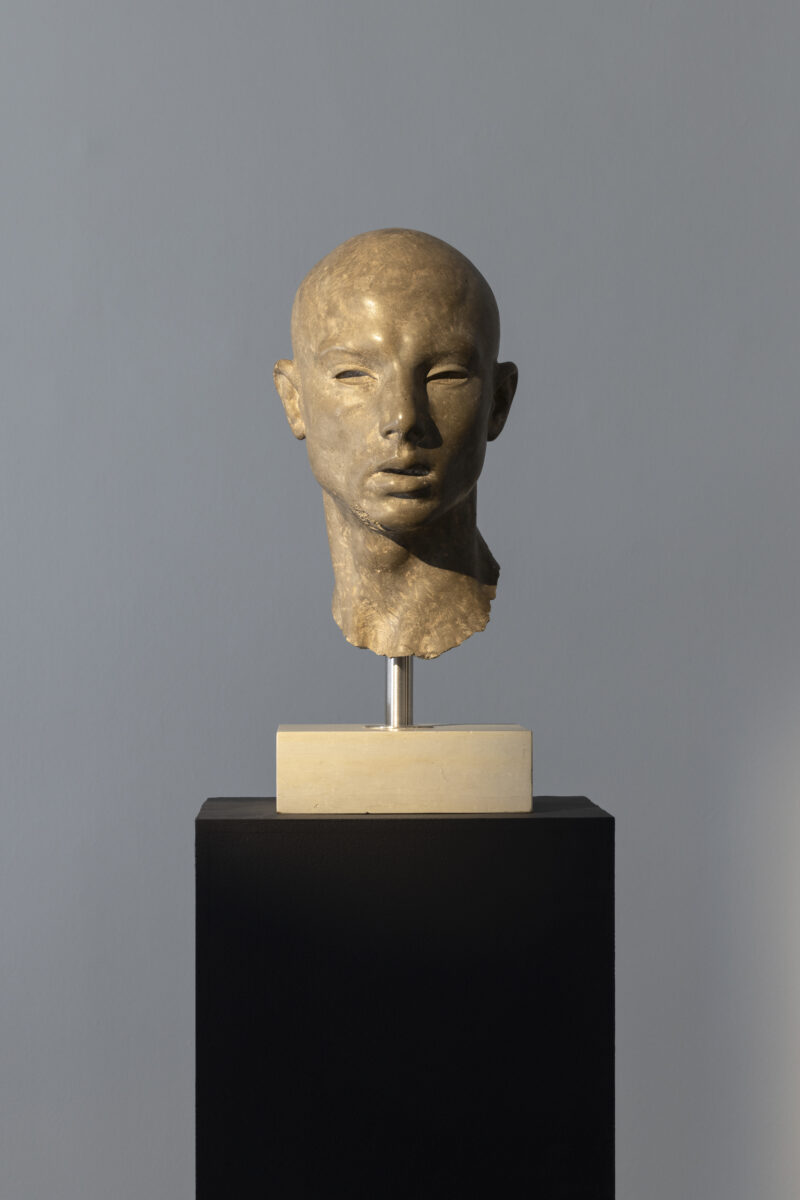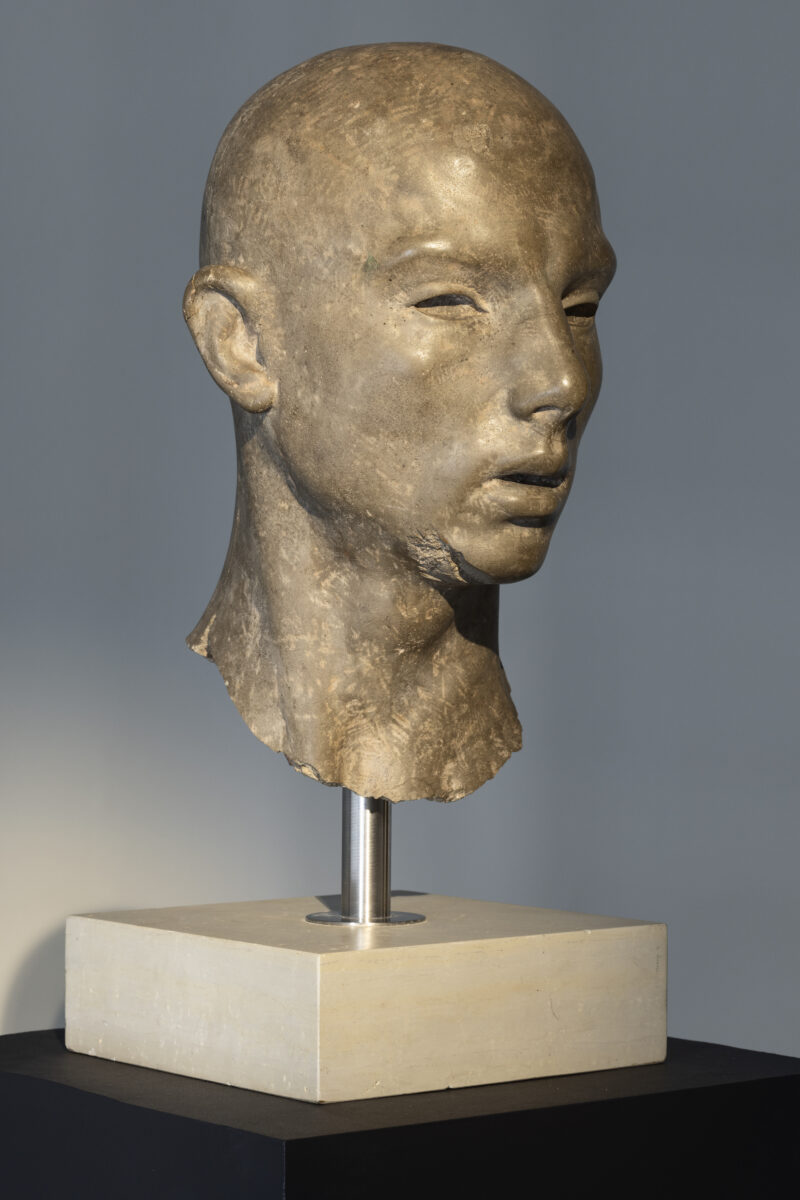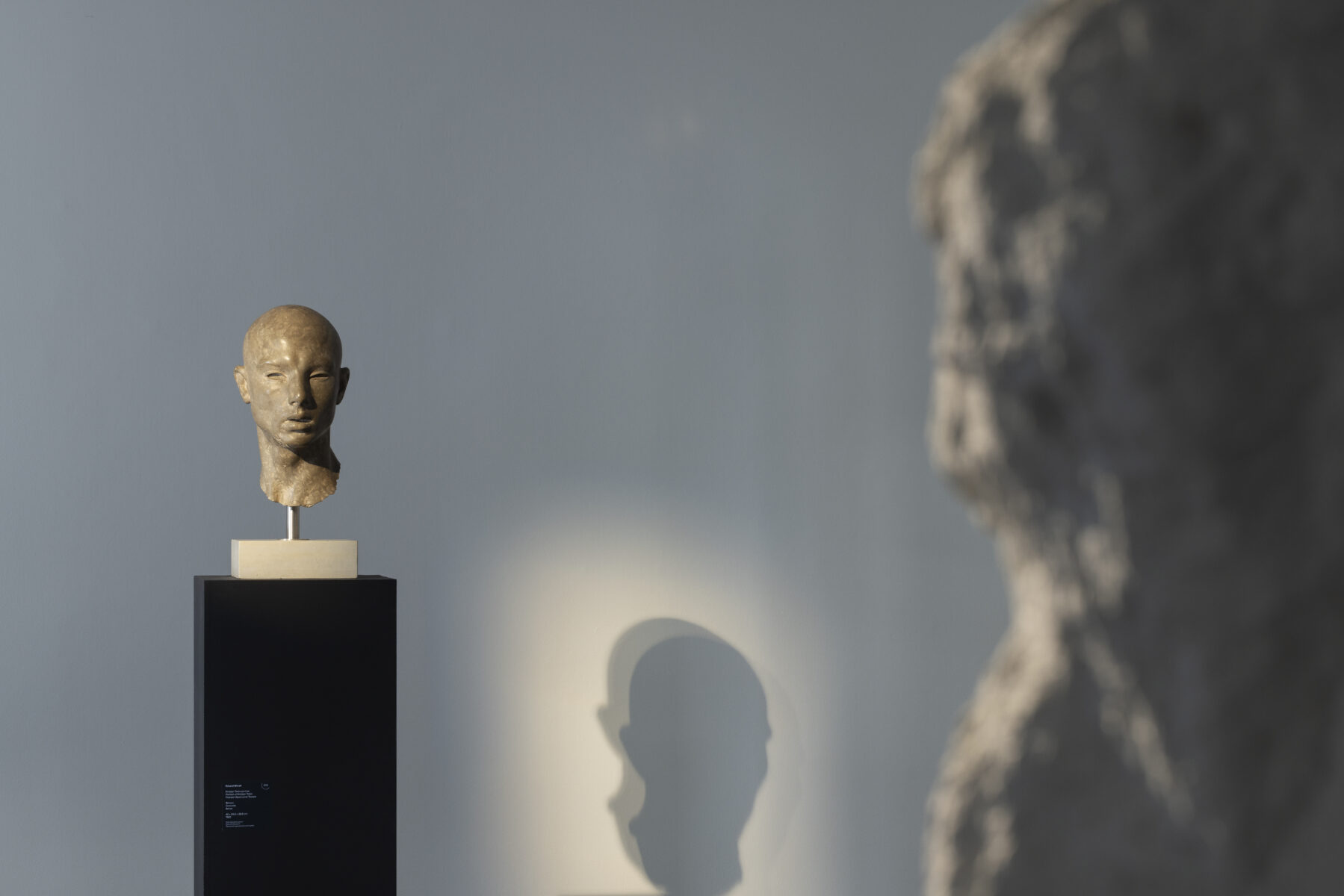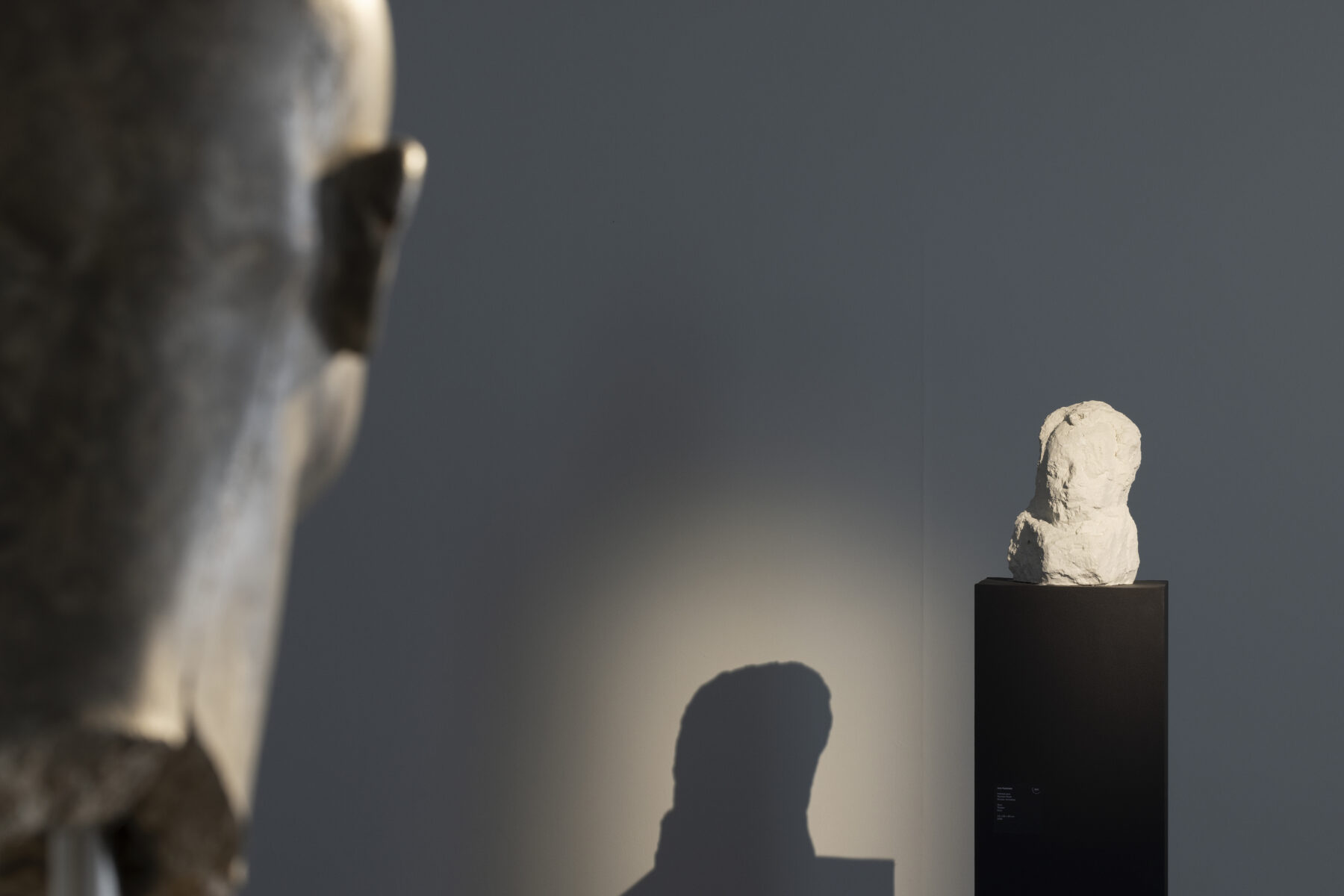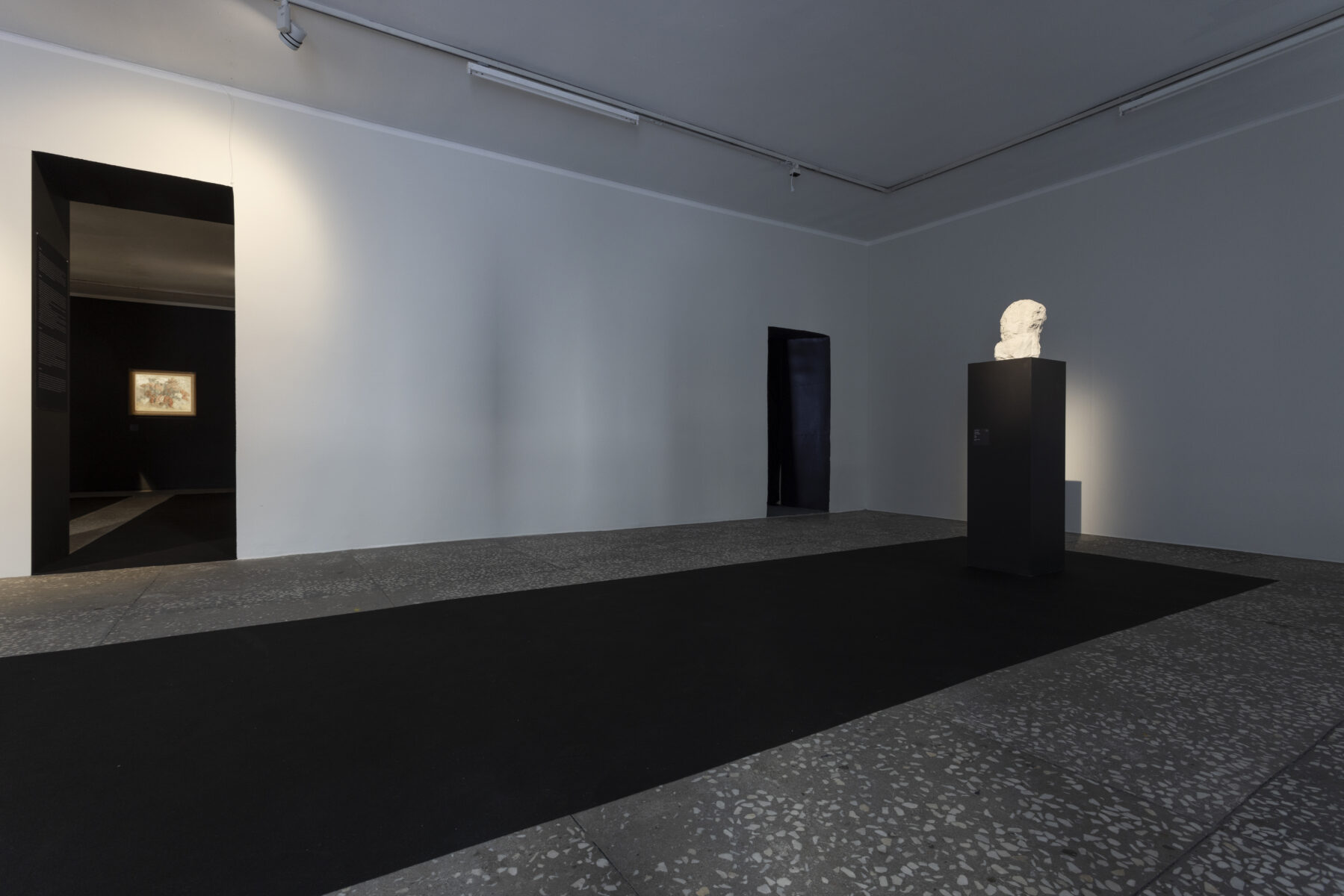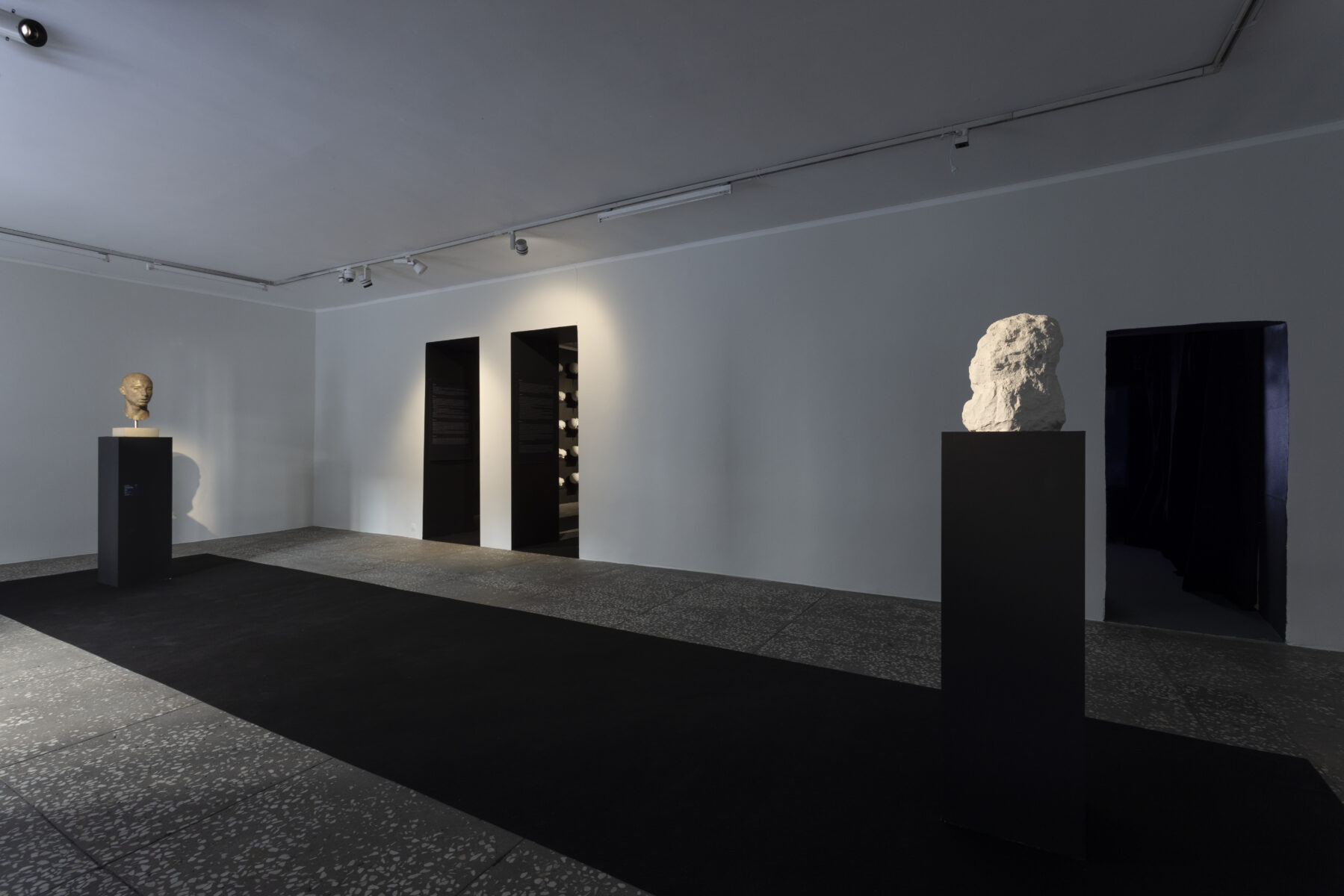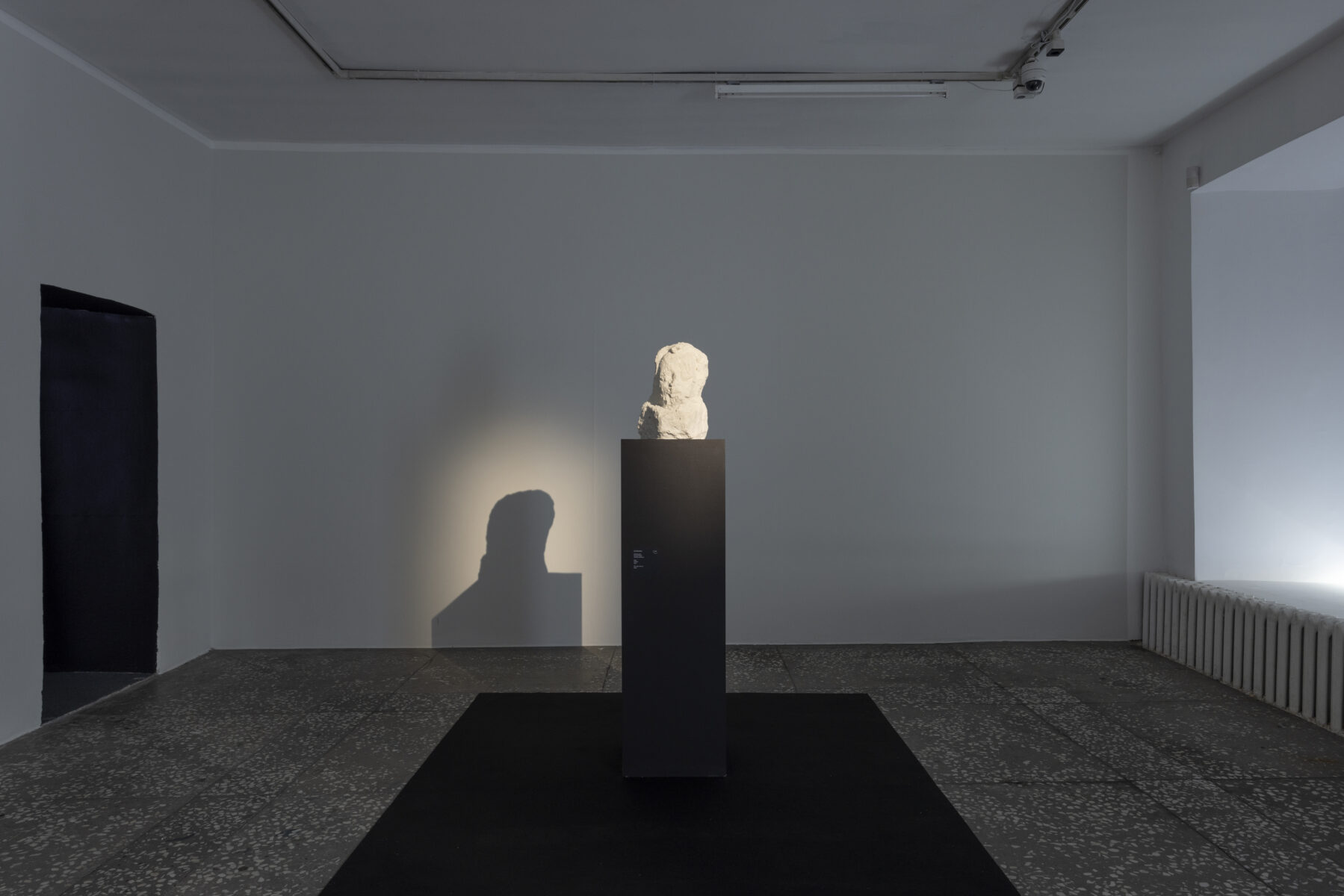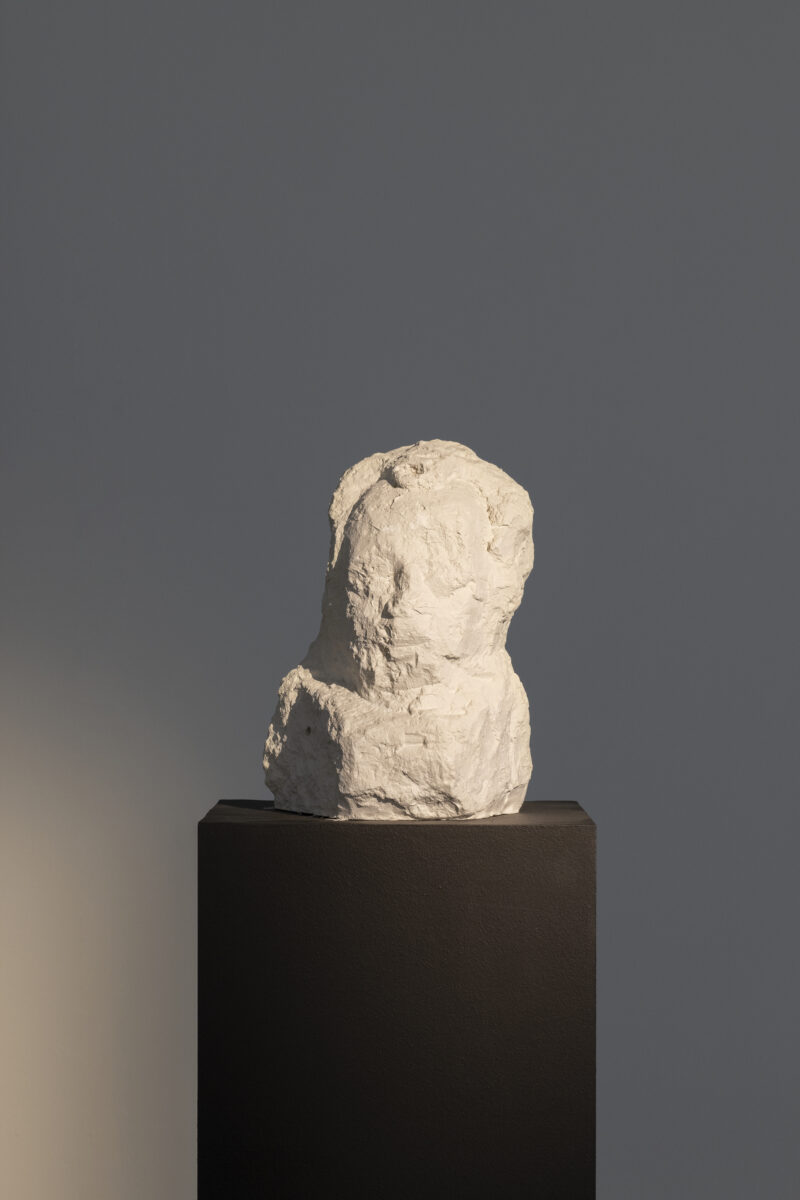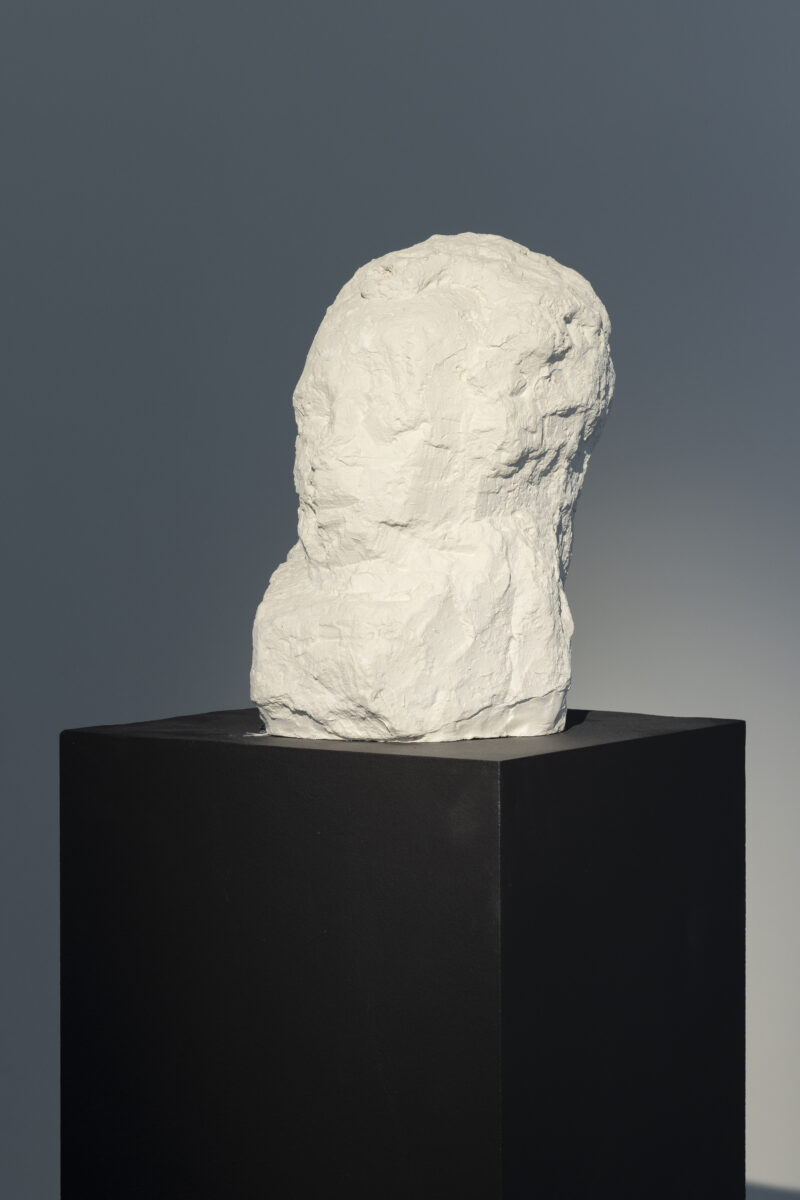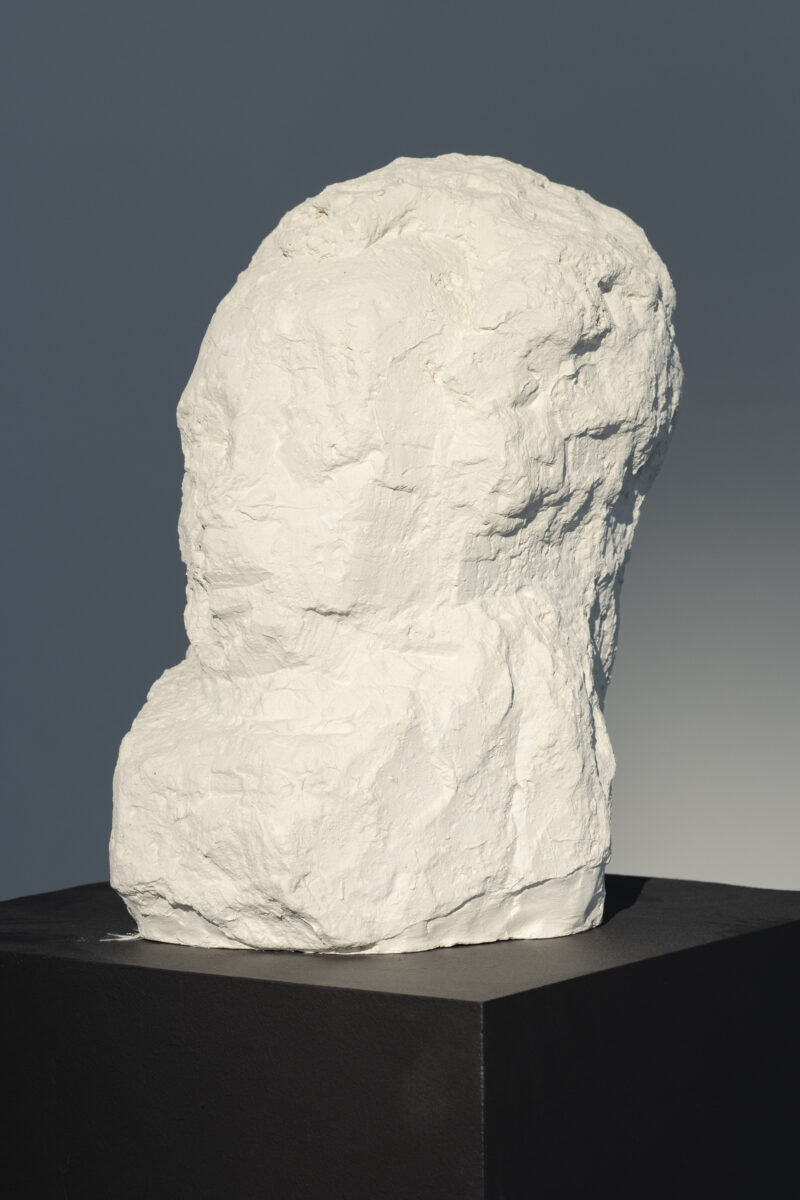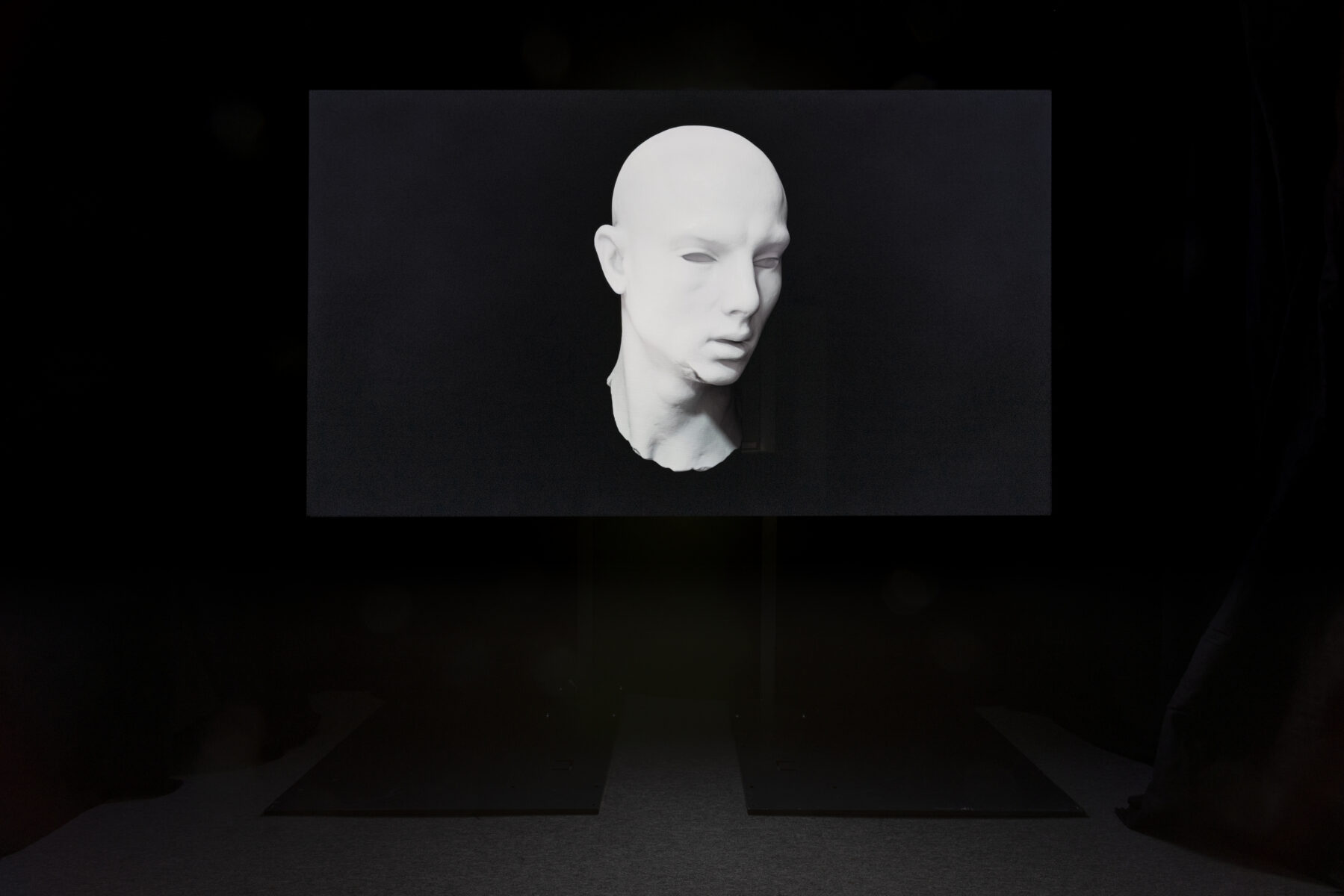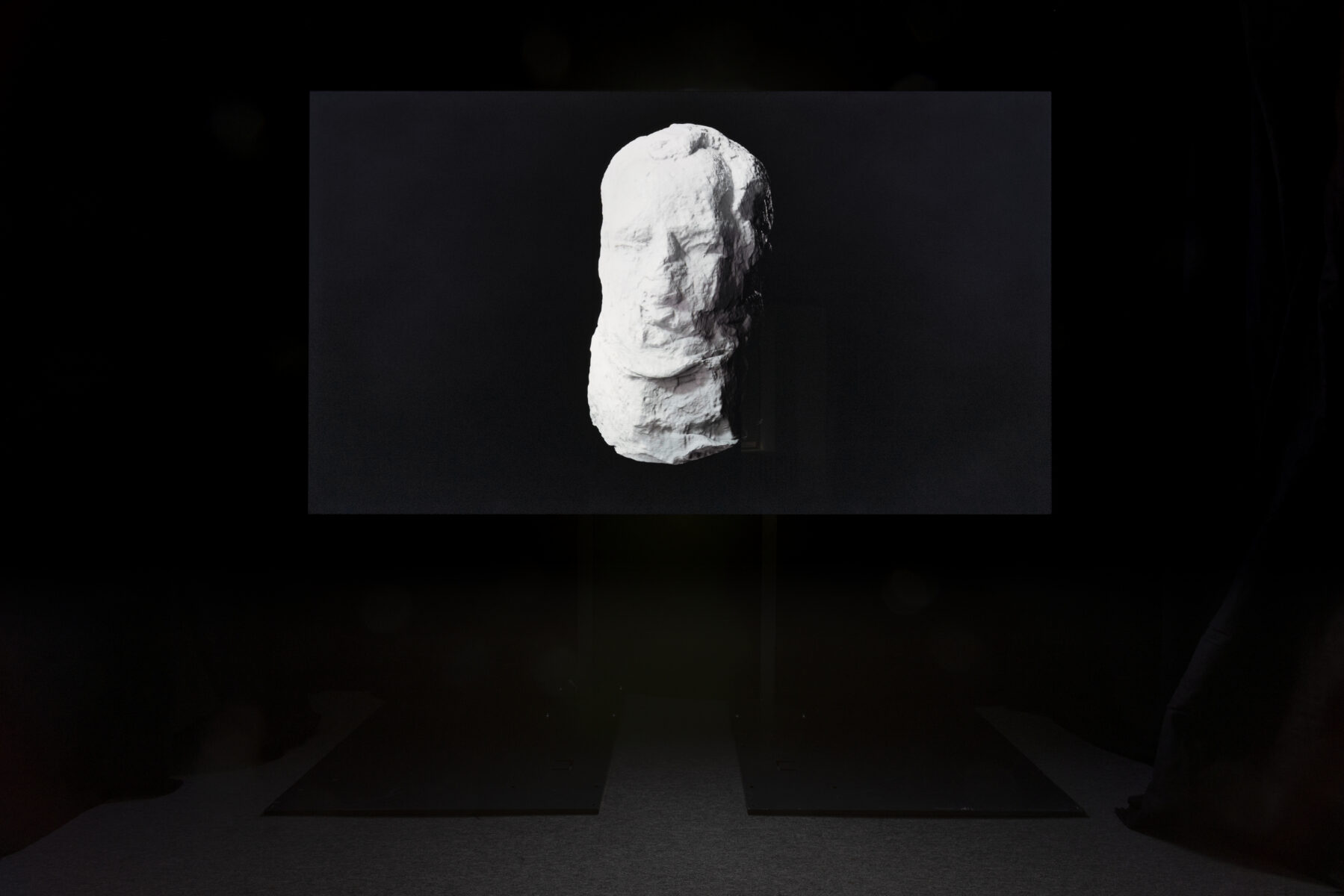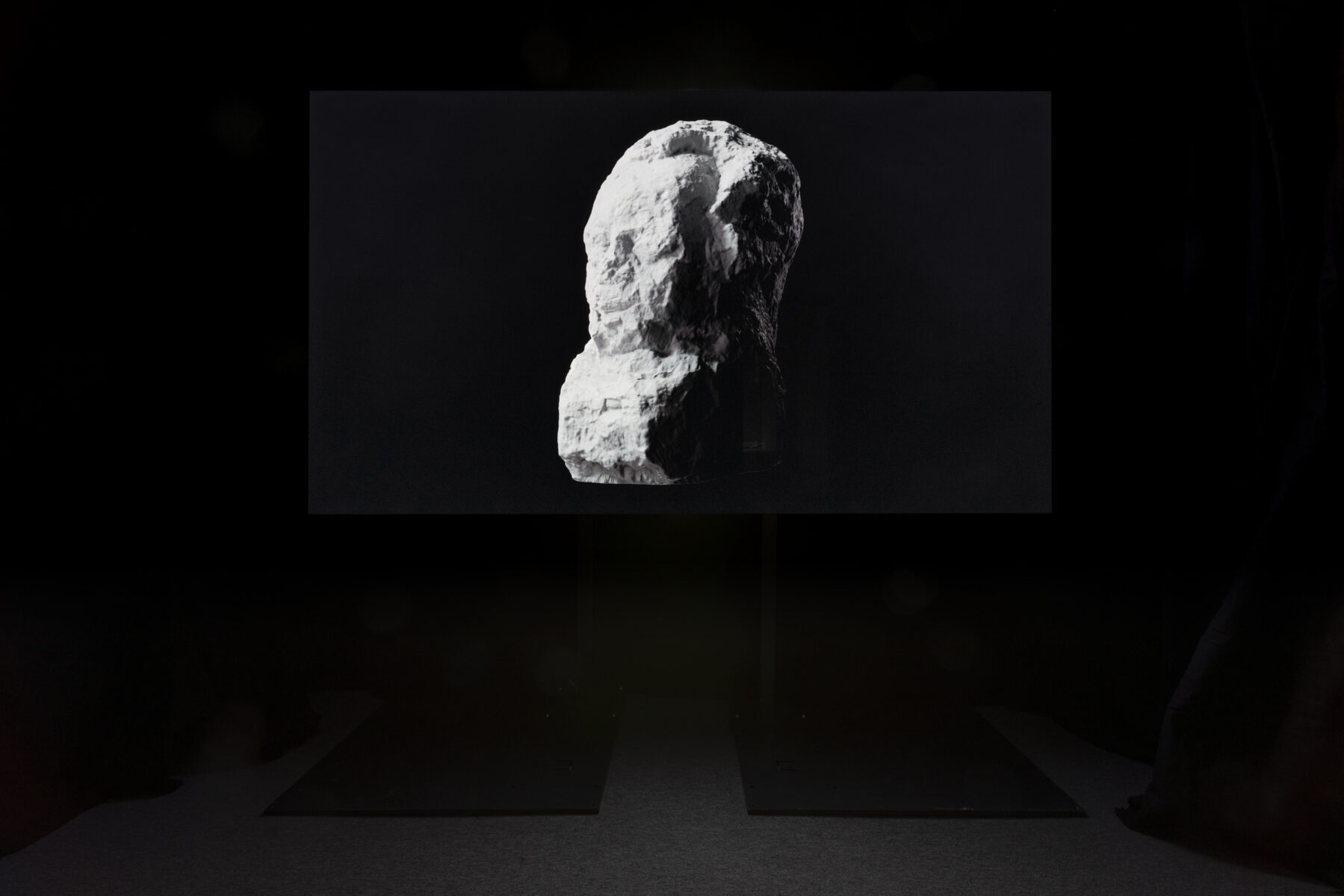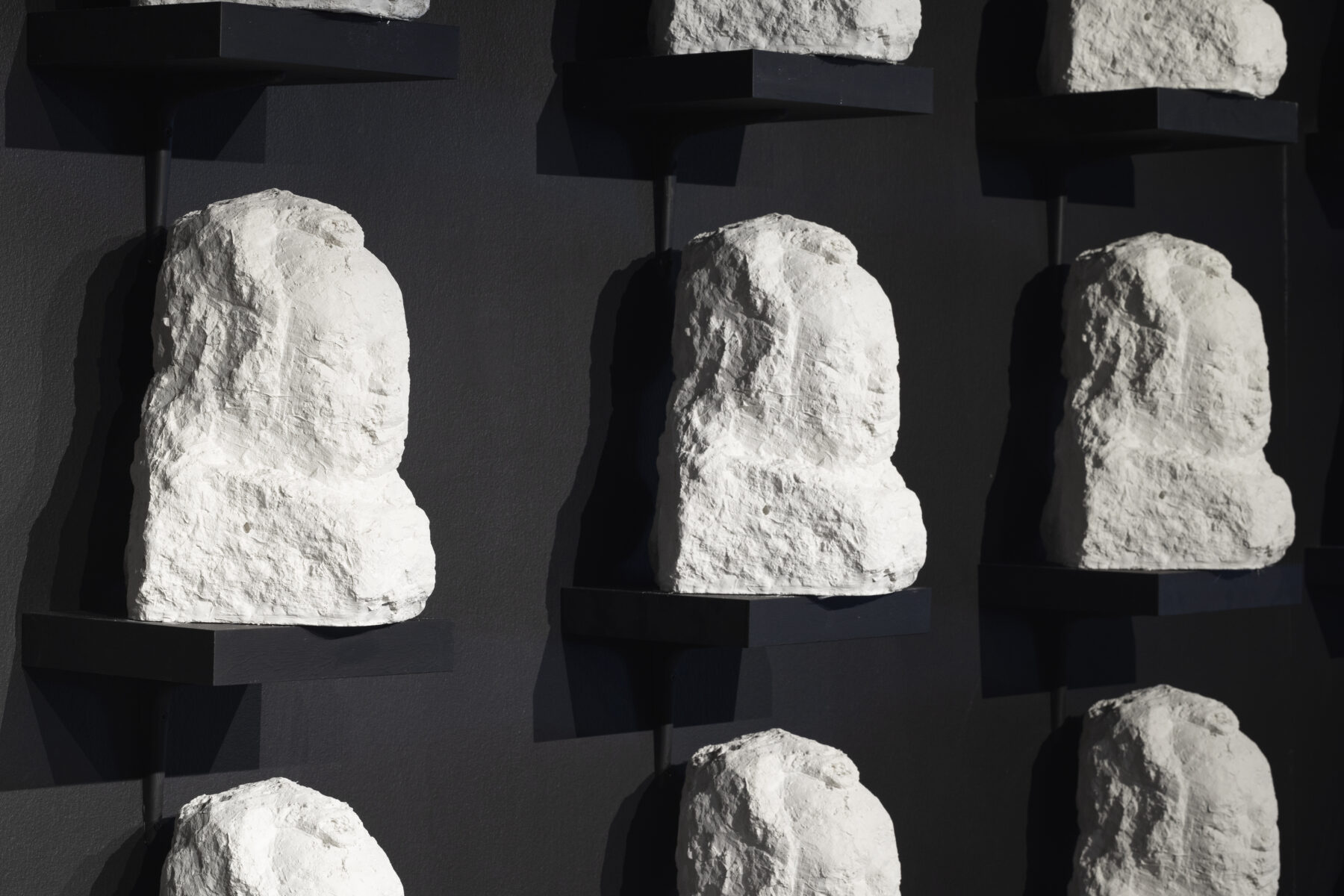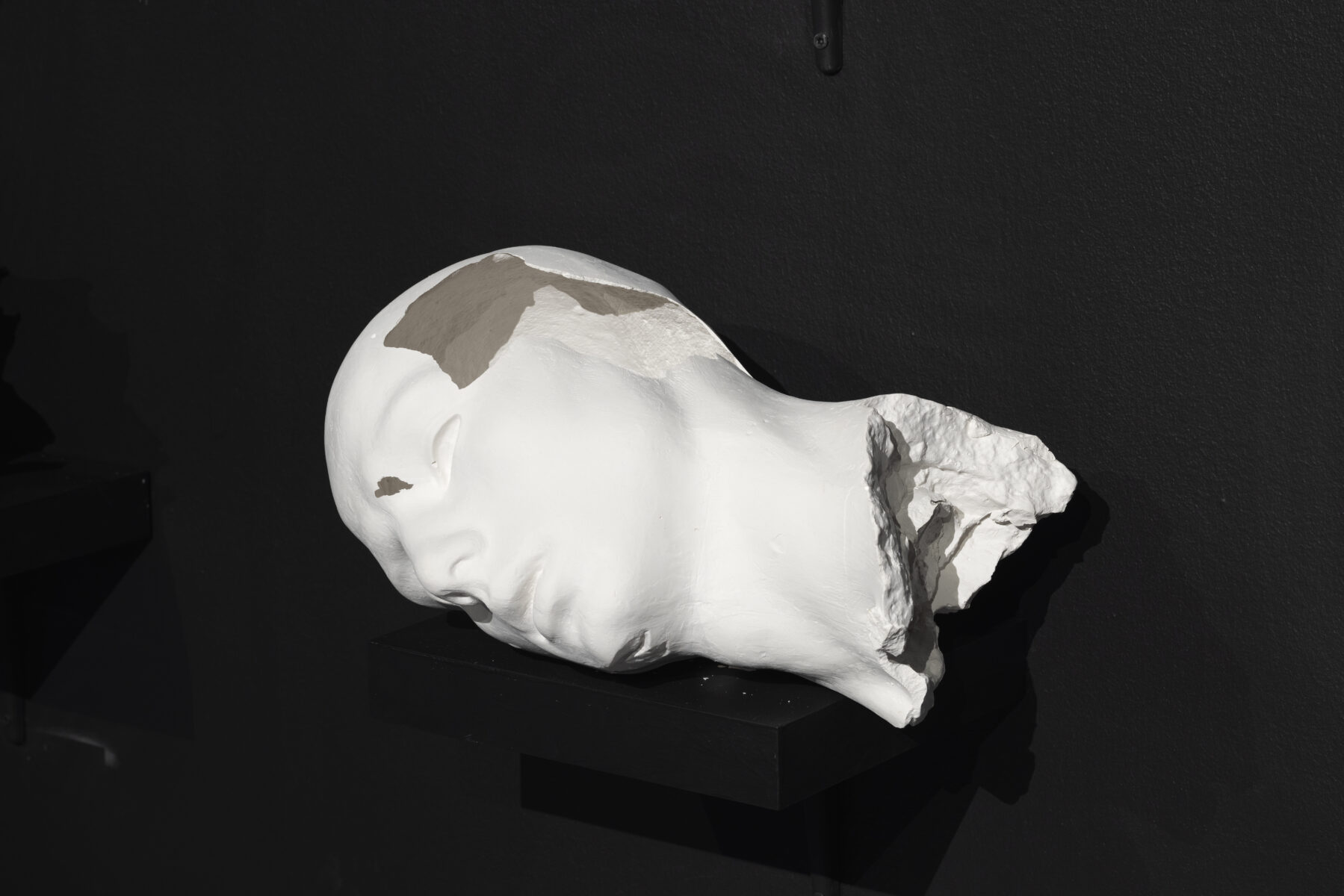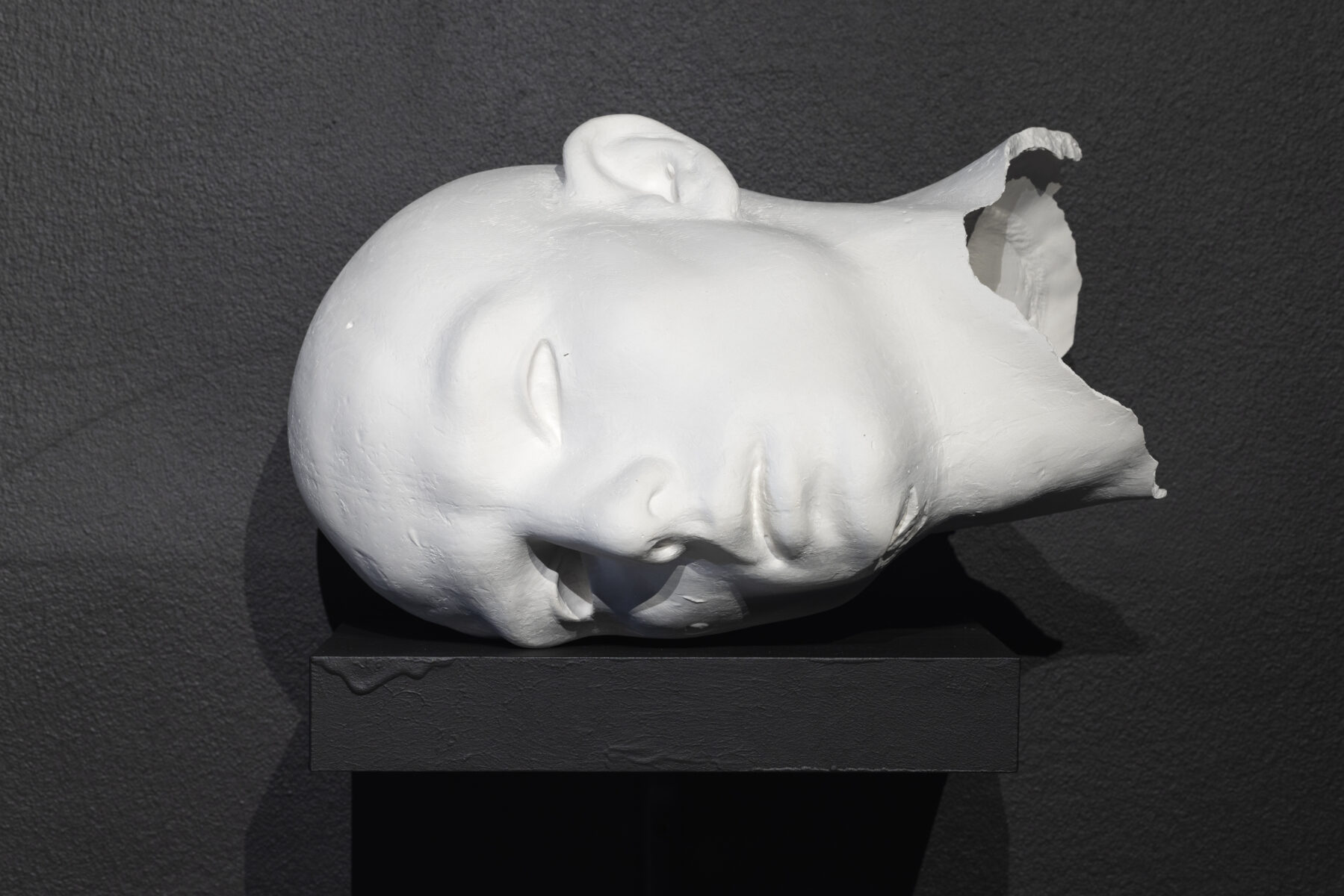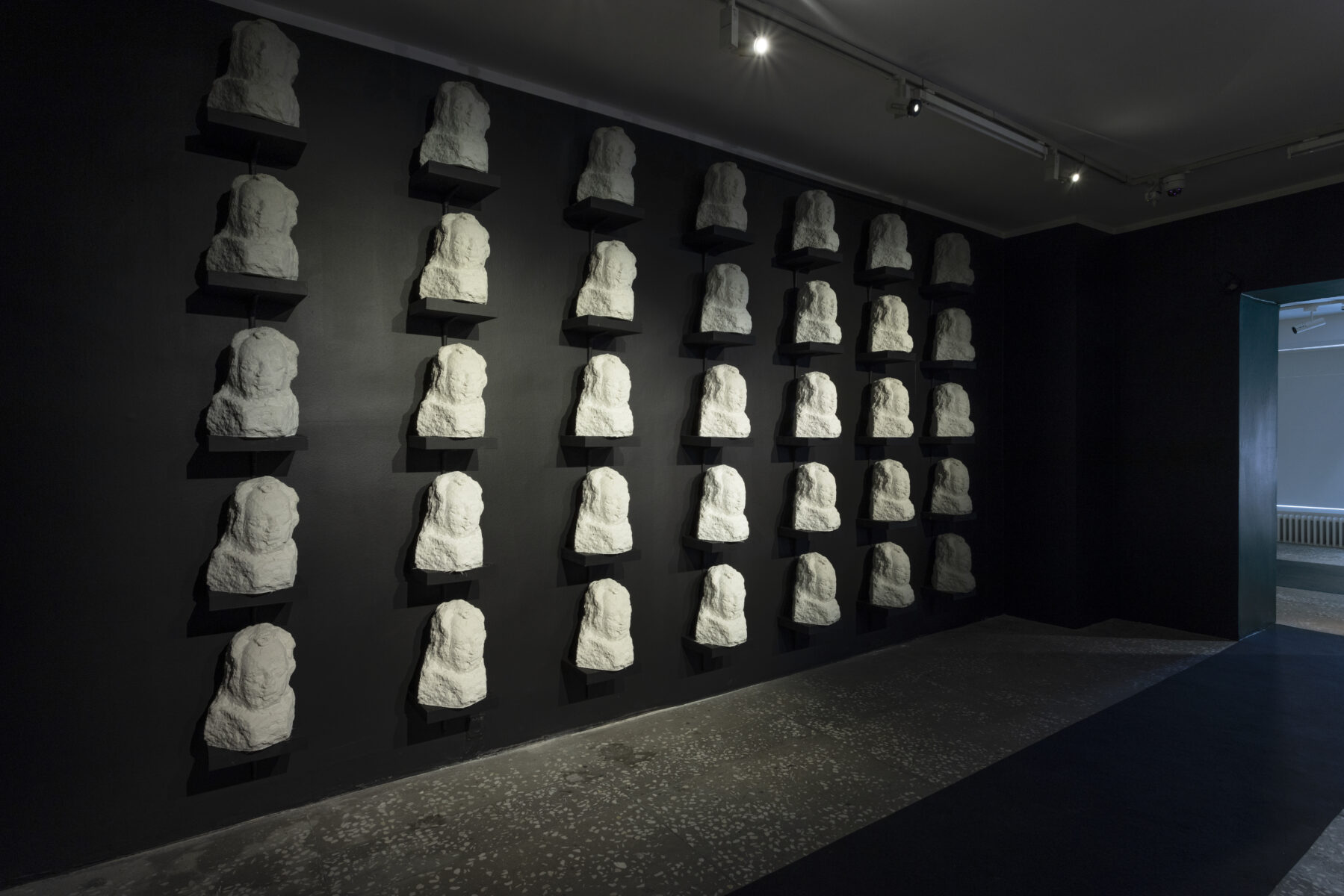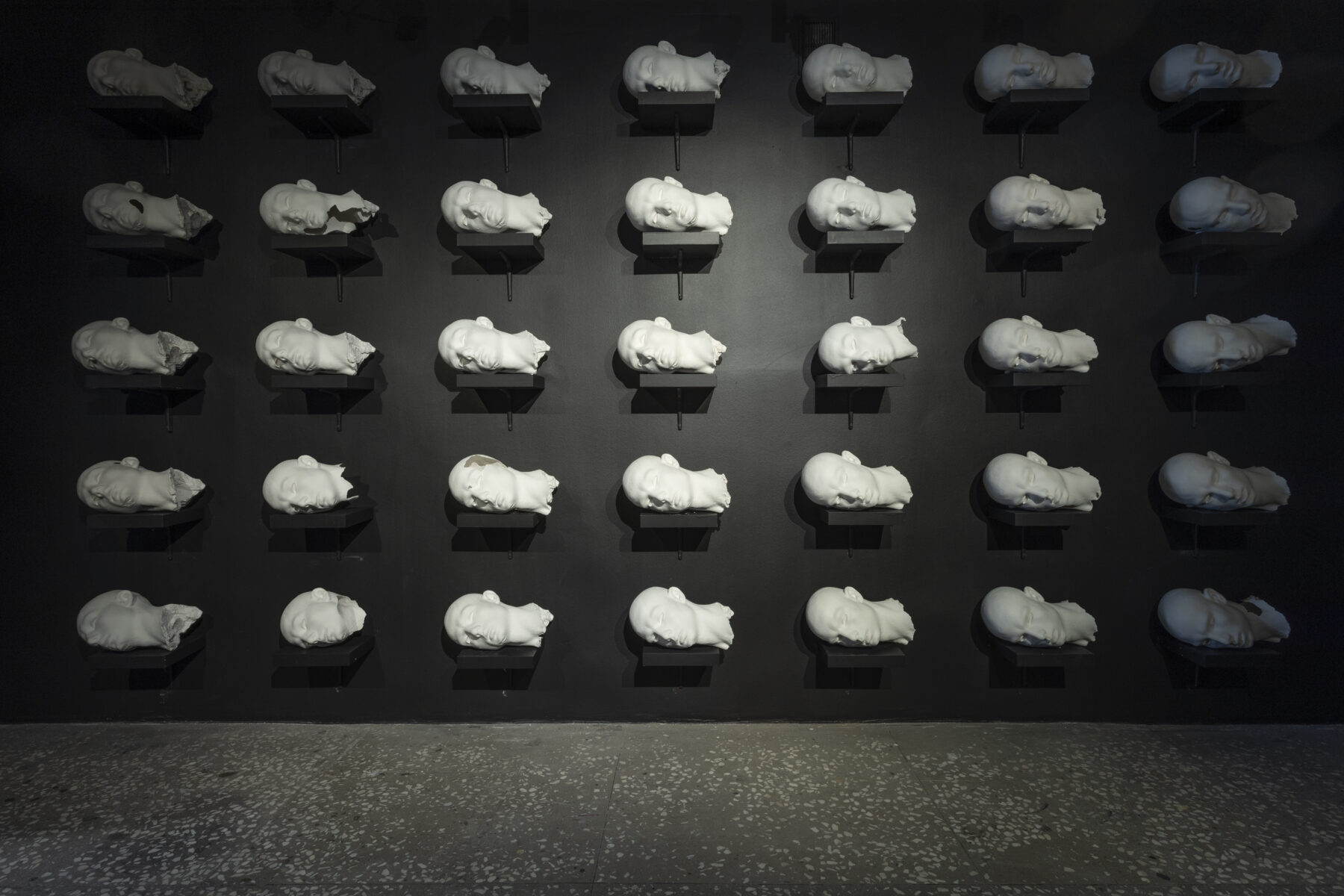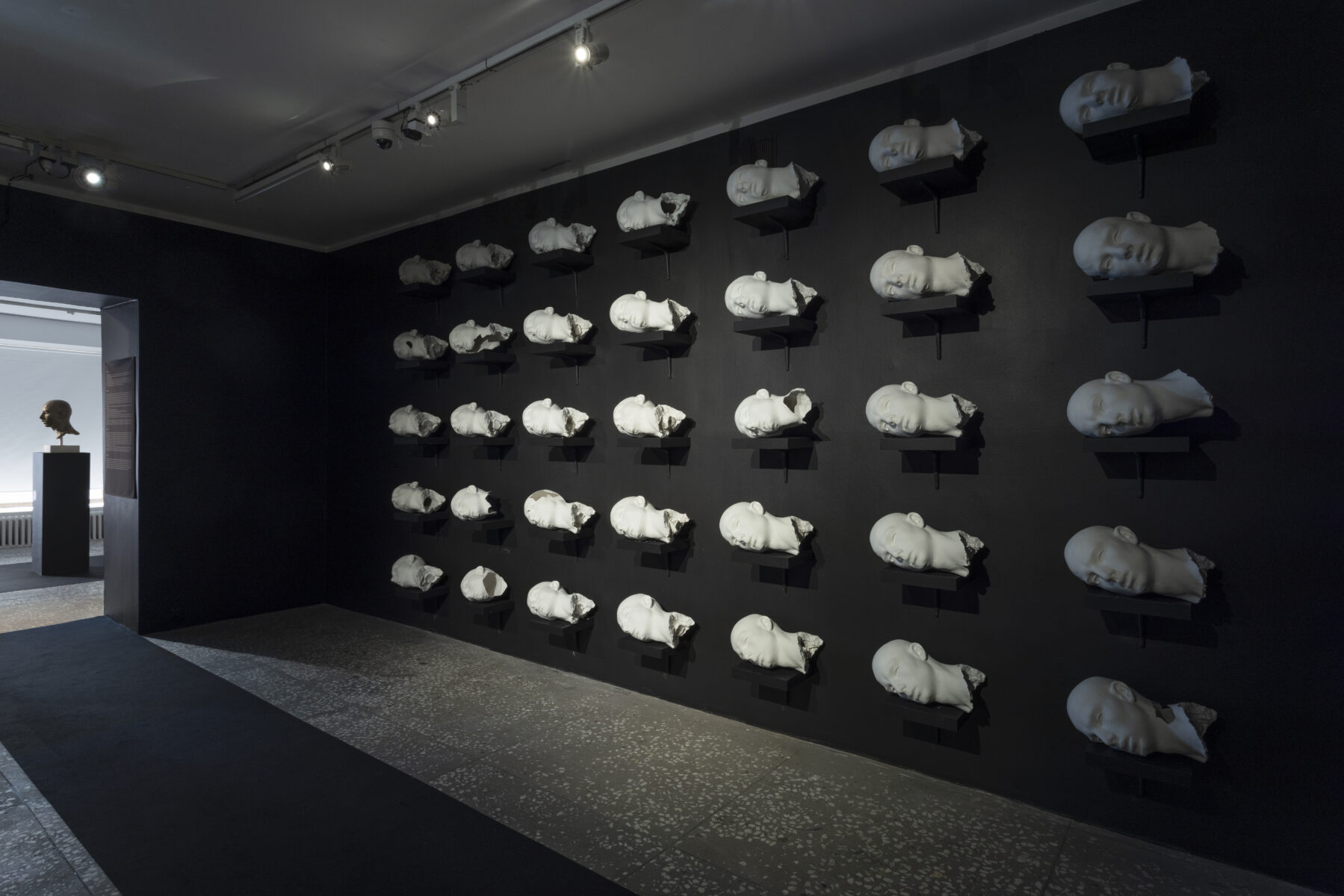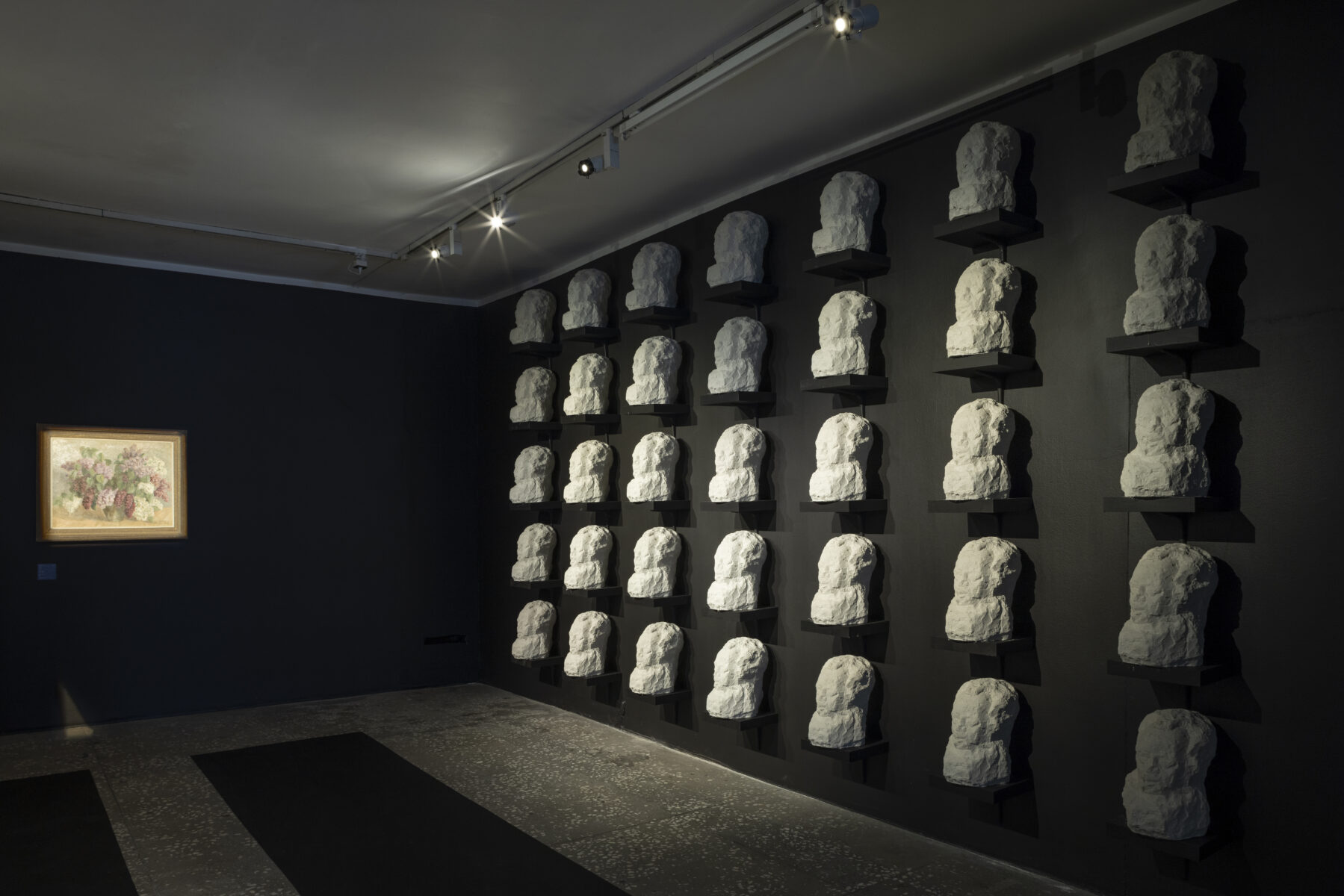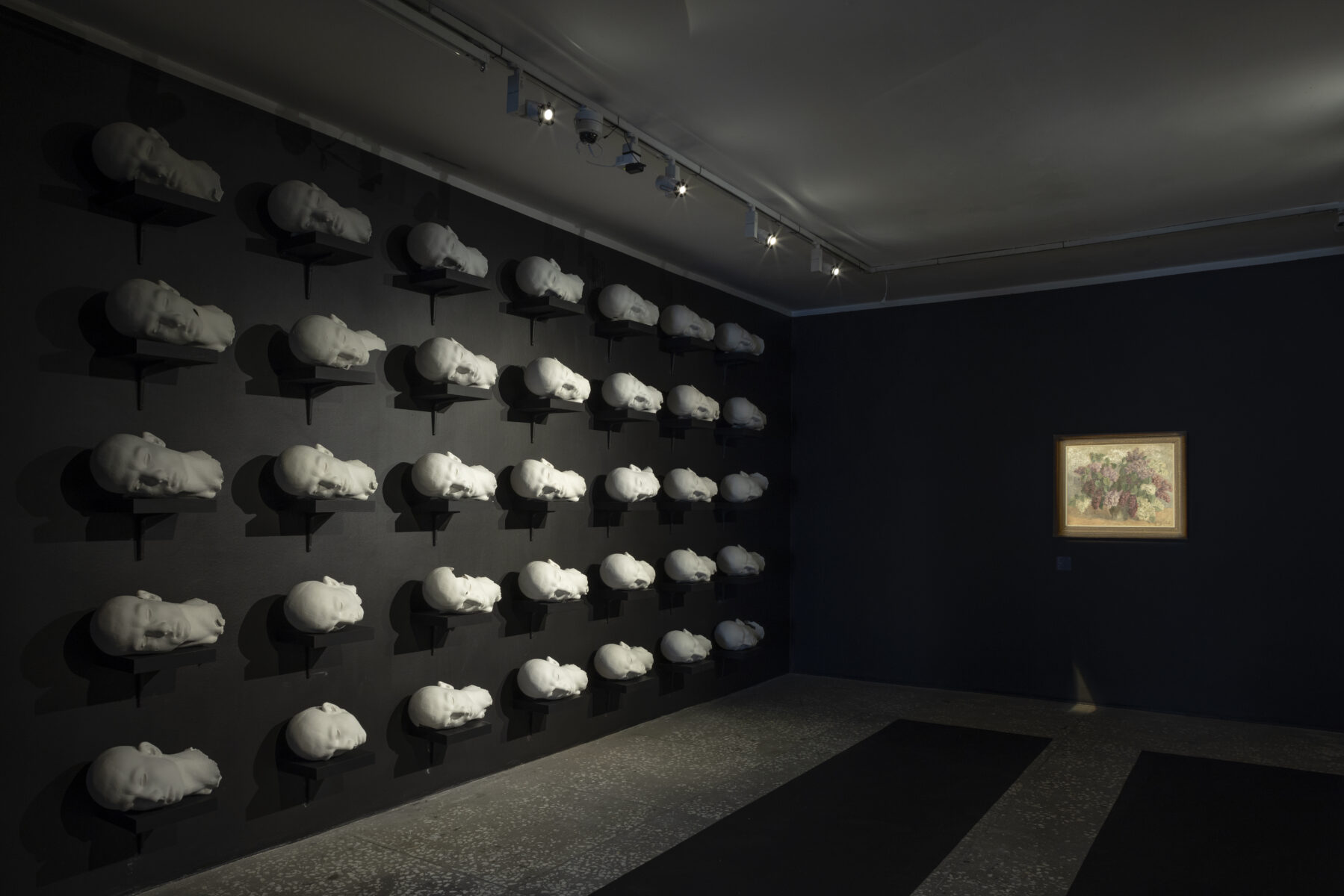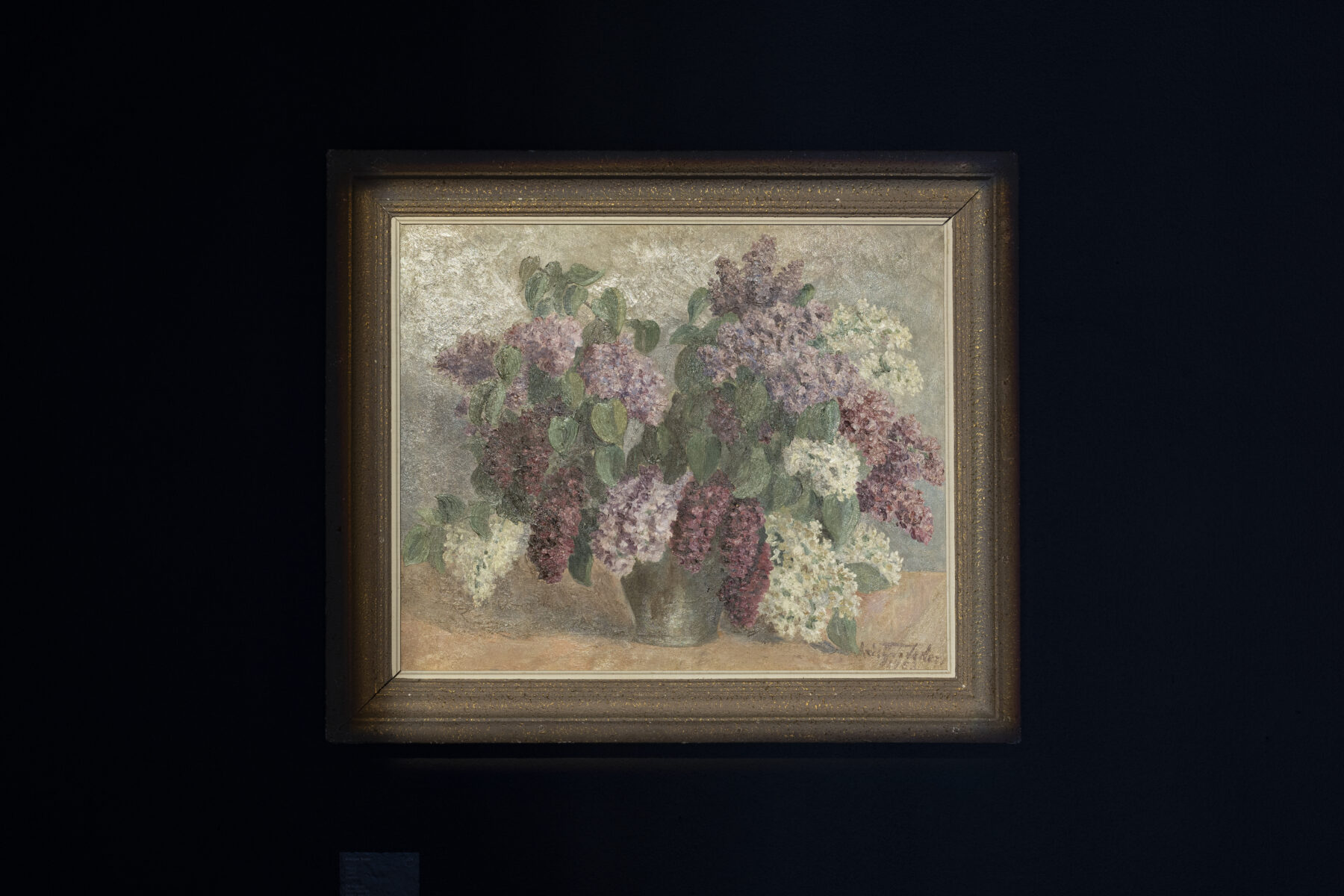Lilac
Jass Kaselaan, Kristjan Teder, Eduard Wiiralt Curator: Jevgeni Zolotko
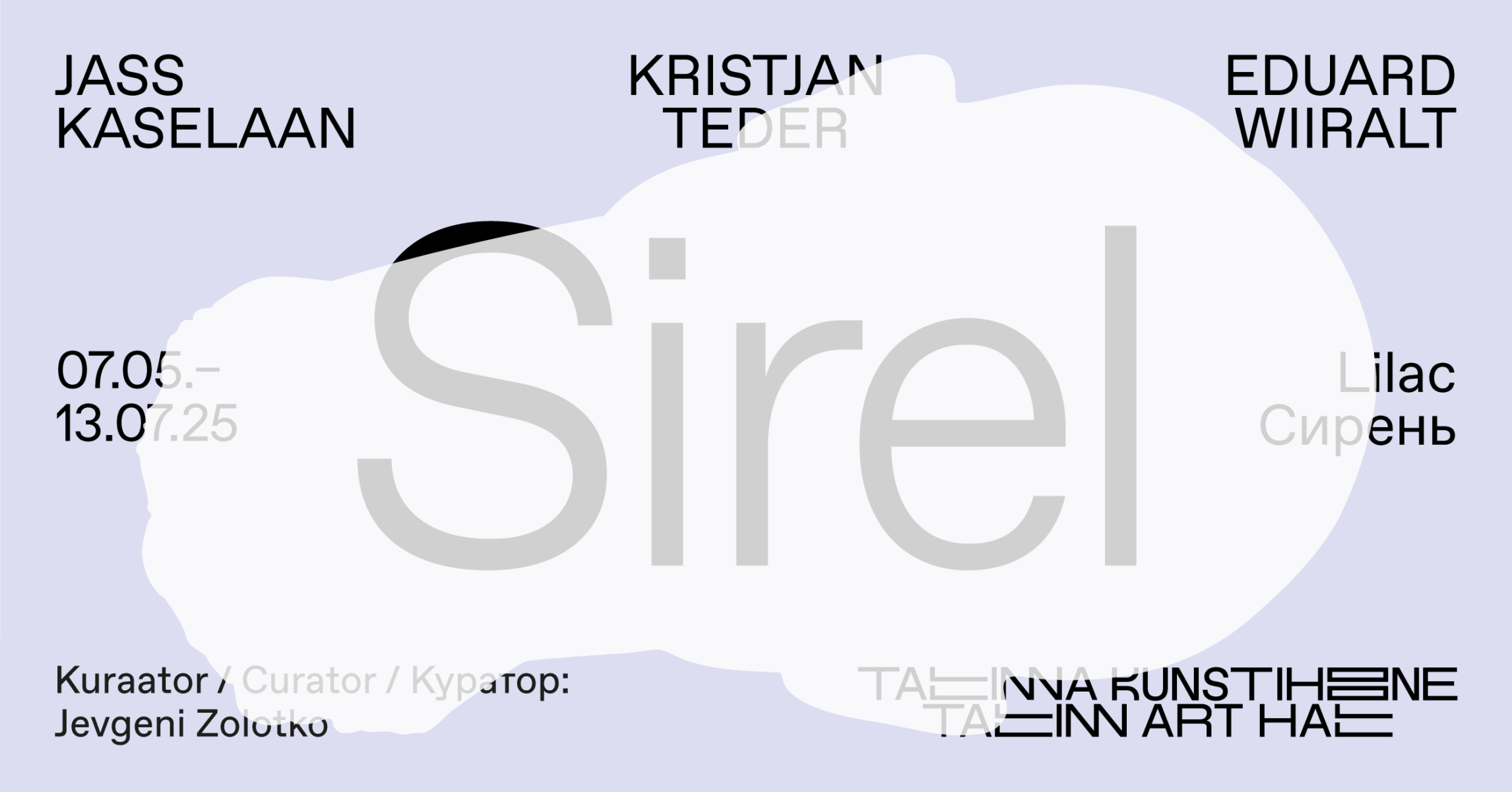
On 6 May at 6 PM, artist Jevgeni Zolotko’s curatorial debut Lilac will open at Tallinn City Gallery, bringing together lesser-known works by Jass Kaselaan, Kristjan Teder, and Eduard Wiiralt.
Jevgeni Zolotko approaches art and the artist, creation and life, with an equally demanding measure – one that arises from the kinds of choices that tend to vanish within comfort zones. He is unmoved by narratives tailored for the masses, focusing instead on the individual’s struggle within a society where patriotism, political manipulation, and power structures often override the person. As a deeply thoughtful and probing artist, Zolotko assembles the overarching vision of his exhibitions from individual life stories, allowing broader social and historical patterns to emerge through them. He assembles exhibitions by blending the roles of artist, curator, designer, and dramatist – treating his chosen figures with empathy and affection, facing the crushing course of history with pain and, often, a sense of hopeless defiance.
Of the exhibition Lilac, which brings together works by Eduard Wiiralt, Kristjan Teder, and Jass Kaselaan, Zolotko says the following: “Through the expressive – and at times contradictory – works of these artists, a nuanced whole takes shape, centred on the fundamental choices a person faces: the tension between anonymity and individuality, the one and the many, the original and the copy. In addition to showcasing the work of some of Estonia’s finest artists, I wish to add a dimension that feels urgent in today’s socio-psychological context: the need to reflect on the individual’s choices and the inevitabilities that come with surrendering one’s will and identity in the name of belonging to a larger human collective.”
The exhibition will remain open until 13 July 2025, at Tallinn City Gallery (Harju Street 13).
Look at the exhibition’s digital guide.
Jass Kaselaan (b. 1981) is a sculptor best known for his large, object-centred installations. Alongside a sense of primordial, ideologically unburdened monumentality and a rough, sometimes absurd use of material and form, his works convey a subtly veiled intellectualism and a delicate sense of compositional integrity. The coarse, seemingly austere imagery – pushed to the point of material absurdity –is balanced by a humanistic spirit at the core of his motifs, a uniquely gentle irony, and a distinctly recognisable tenderness toward his subjects.
Kristjan Teder (1901–1960) was a painter often described with terms such as “naïve,” “gardener-painter,” “flower painter,” or “a man on the periphery of the art world.” Yet behind these somewhat dismissive labels stands a person with a vivid, multifaceted life, a complete character, and a distinctive artistic voice. Having lived through a complex and contradictory historical and art historical era, Teder emerged as a character tempered aesthetically, intellectually, and philosophically. Behind the seemingly simple, unassuming form and subdued colour palette of his floral paintings lies a sincere, unpretentious, and life-affirming wisdom, free of false ambition.
Eduard Wiiralt (1898–1954) was a printmaker, painter, and sculptor. His legacy holds an unprecedented significance in the history of Estonian art – widely recognised and, fortunately, in little need of lengthy introduction. Delving into Wiiralt’s works, one encounters a reality that is ambiguous – an amalgam of life phenomena born out of contradictions. Much like the artist himself, who walked the edge of an existential purgatory, the world of his figures and forms reflects that same complex tension.
Jevgeni Zolotko (1983) is one of the most distinctive contemporary artists in Estonia, who emerged on the art scene in the late 2000s. At the heart of his work lies the relationship between verbal and material substance. Through his site-specific installations, he brings to light the universal traits of human nature – perceptions and repressed subconscious patterns passed down through generations by way of culture and religion.




